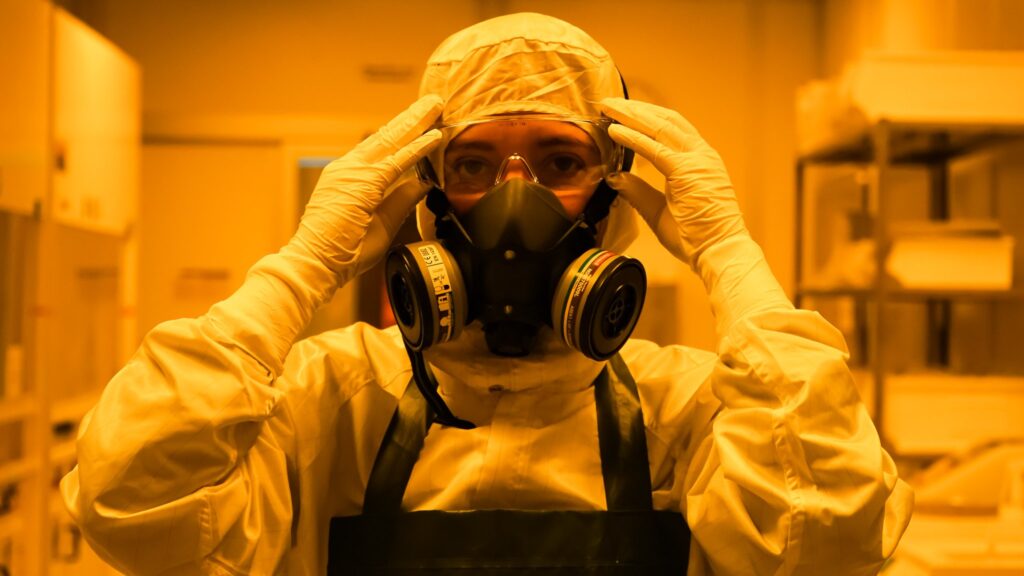The Council of INL is seeking an experienced and strategy-oriented person to serve as INL’s next Deputy Director-General to succeed Prof. Paulo Freitas. A key element in the organization, the DDG will coordinate and prepare, alongside the Director-General, long-term plans that meet INL’s mission. As an important bridge throughout INL’s community, analysing critically, providing guidance and inspiring others to collectively achieve common goals are some of the core responsibilities of the role. The Deputy Director-General will collaborate closely with the Director-General (DG) to shape strategic direction and offer impactful leadership, enhancing the Laboratory’s reach, excellence, and commitment to cutting-edge nanotechnology research, as set forth in the INL 2030 Strategic Vision. This role involves driving innovation, engaging industry leaders, and nurturing relationships across government agencies, industry partners, and academic institutions. The ideal candidate should possess a distinguished track record in research, development, and innovation, complemented by proven leadership in steering high-performance teams. About INL At INL – International Iberian Nanotechnology Laboratory, located in Braga (North of Portugal), scientists and engineers from all over the world work in a highly interdisciplinary environment and strive to make INL become a worldwide hub for the deployment of Nanotechnology, addressing society’s grand challenges. The INL […]
Read more


